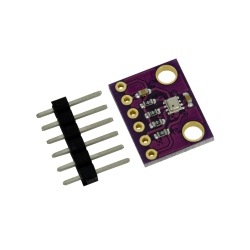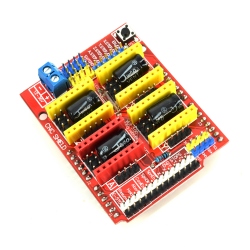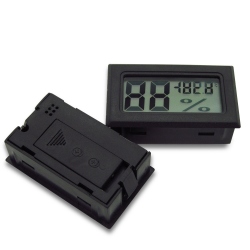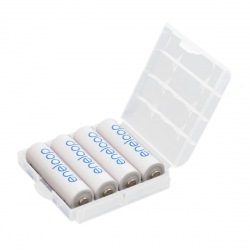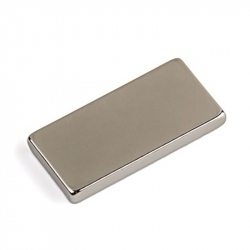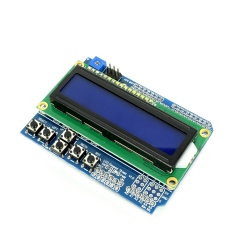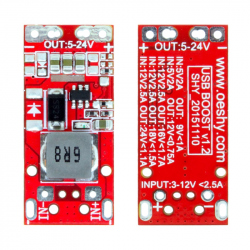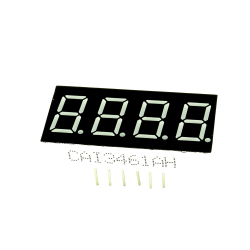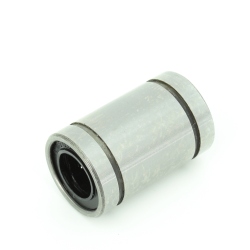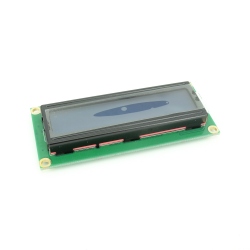Dupa plasarea solicitării de comandă, in sectiunea Istoric puteti vedea cate solicitări de comandă mai avem de procesat inaintea dumneavoastra
Program de lucru: Luni - Vineri 9:00 - 18:00, pauza 13:00 - 14:00.
Se efectueaza lucrari de mentenanta la site si pot aparea erori. In cazul in care intampinati erori va rugam sa reincercati mai tarziu.
Ridicarea personala este disponibila pentru comenzile achitate in avans. Se pot ridica dupa ce sunt pregatite.
No products
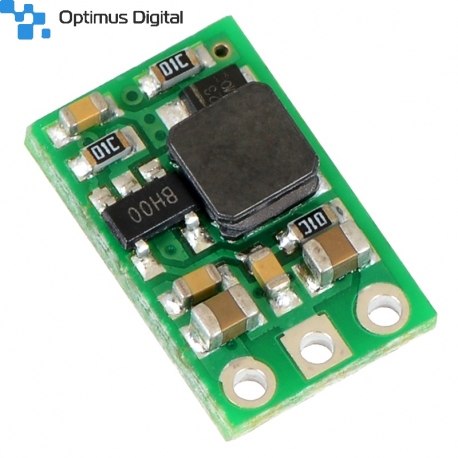 View larger
View larger
Pololu 5V Step-Up Voltage Regulator U3V12F5
0104110000037374
New product
The compact (0.32"x0.515") U3V12F5 switching step-up (or boost) voltage regulator takes an input voltage as low as 2.5 V and efficiently boosts it to 5 V. The pins have a 0.1" spacing, making this board compatible with standard solderless breadboards and perfboards.
See description for more details about the product.
Add to cart now!
This product is no longer in stock
- Write a review
- Remove this product from my favorite's list.
- Add this product to my list of favorites.
More info
Overview
These boost (step-up) voltage regulators generate higher output voltages from input voltages as low as 2.5 V. They are switching regulators (also called switched-mode power supplies (SMPS) or DC-to-DC converters) and have a typical efficiency between 80% to 90%. The available output current is a function of the input voltage, output voltage, and efficiency (see Typical Efficiency and Output Current section below), but the input current can typically be as high as 1.4 A. This regulator is available with a fixed 5 V, 9 V, or 12 V output.
The regulator’s thermal shutdown prevents damage from overheating, but it does not have short-circuit or reverse-voltage protection.
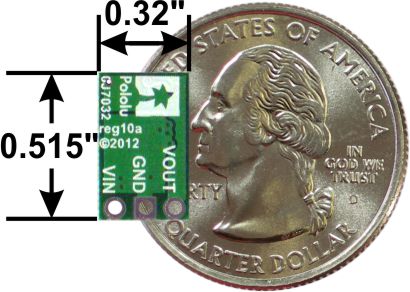
Features
• input voltage: 2.5 V – VOUT
• fixed 5 V, 9 V, or 12 V output with 4% accuracy
• 1.4 A switch allows for input currents up to 1.4 A
• 2 mA typical no-load quiescent current
• integrated over-temperature shutoff
• small size: 0.515" x 0.32" x 0.1" (13 x 8 x 3 mm)
Using the Regulator
Connections
The boost regulator has three connections: input voltage (VIN), ground (GND), and output voltage (VOUT).
The input voltage, VIN, must be at least 2.5 V and should not exceed the output voltage, VOUT. Please be wary of destructive LC spikes that might cause the input voltage to exceed VOUT (see below for more information).
The three connections are labeled on the back side of the PCB, and they are arranged with a 0.1" spacing along the edge of the board for compatibility with solderless breadboards, connectors, and other prototyping arrangements that use a 0.1" grid.
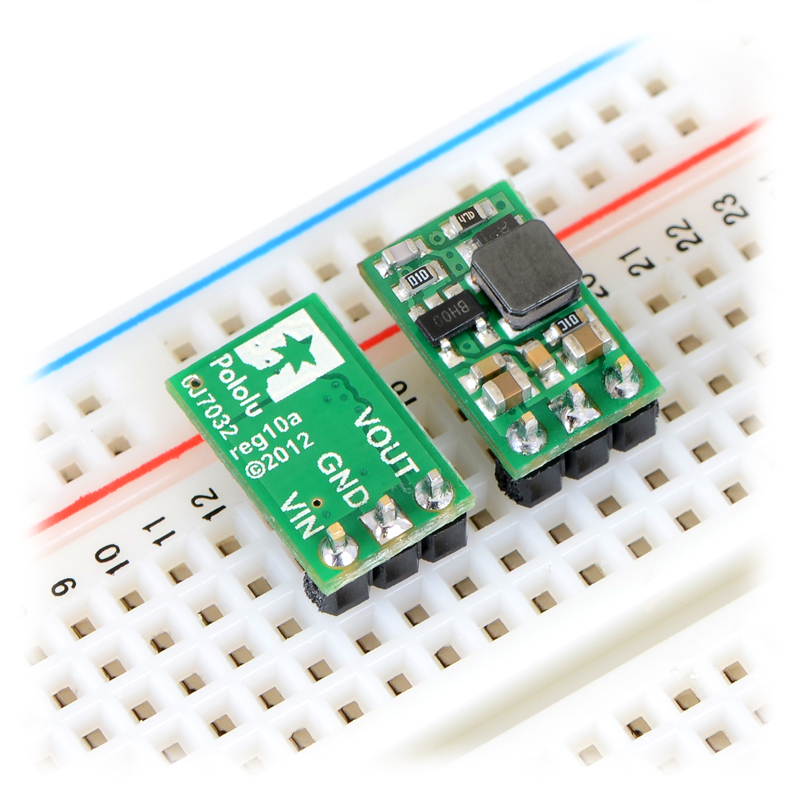
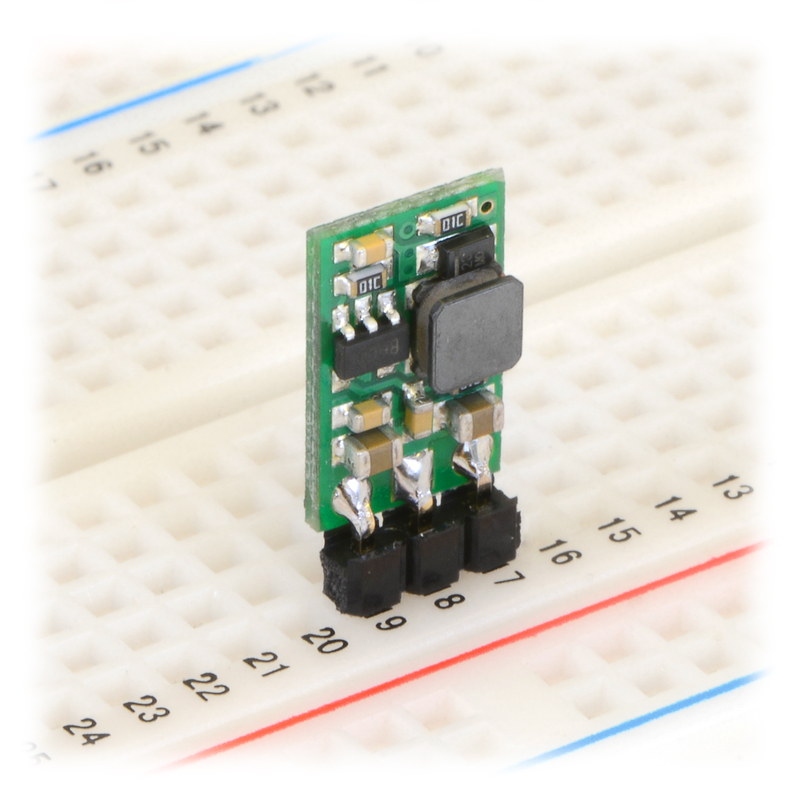

Typical Efficiency and Output Current
The efficiency of a voltage regulator, defined as (Power out)/(Power in), is an important measure of its performance, especially when battery life or heat are concerns. As shown in the graphs below, this switching regulator typically has an efficiency of 80 to 90%.
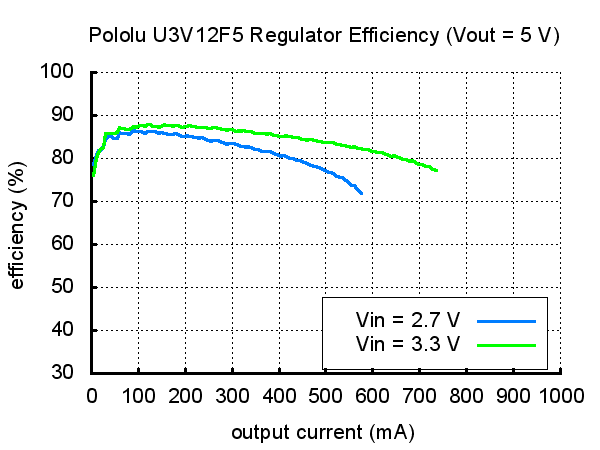
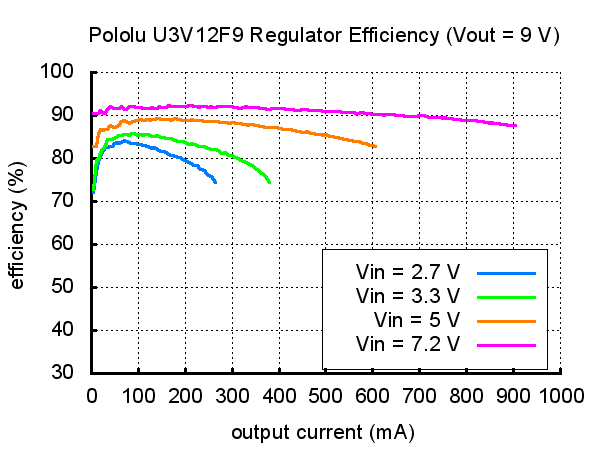
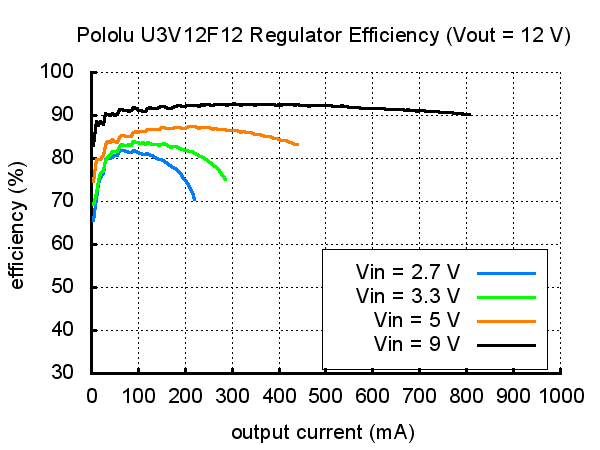
LC Voltage Spikes
When connecting voltage to electronic circuits, the initial rush of current can cause damaging voltage spikes that are much higher than the input voltage. In our tests with typical power leads (~30" test clips), input voltages above 10 V caused voltage spikes in excess of 20 V. You can suppress such spikes by soldering a 33μF or larger electrolytic capacitor close to the regulator between VIN and GND.
More information about LC spikes can be found in our application note, Understanding Destructive LC Voltage Spikes.
Specifications
Dimensions
| Size: | 0.32" x 0.515" x 0.1"1 |
| Weight: | 0.4 g1 |
General specifications
| Minimum operating voltage: | 2.5 V |
| Maximum operating voltage: | 5 V |
| Maximum input current: | 1.4 A2 |
| Output voltage: | 5 V |
| Reverse voltage protection?: | N |
| Maximum quiescent current: | 2 mA |
Notes:
1 Without included optional headers.
2 Regulator may overheat at lower input currents when VIN is much lower than VOUT. Available output current is a function of VIN, VOUT, and the regulator efficiency.









